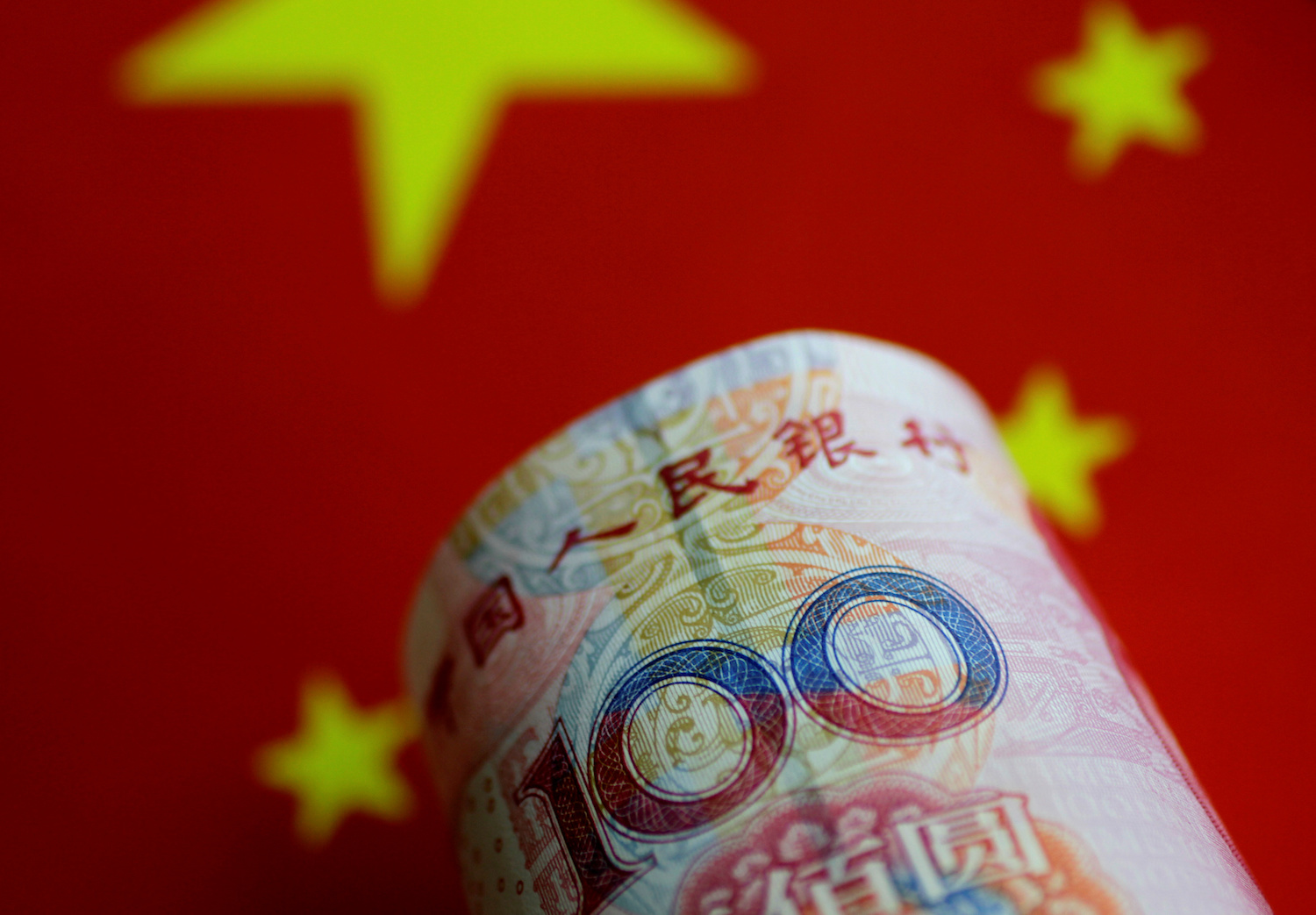(ATF) China has priced a four-part sovereign bond to raise $6 billion to take advantage of the global hunt for yield, which has fallen by 140-150 basis points from the last issuance less than a year ago.
It priced three-, five-, 10- and 30-year bonds, at yields of 0.425%, 0.604%, 1.226% and 2.31% respectively. The issue size break-up is $1.25 billion, $2.25 billion, $2 billion and $500 million respectively.
“This is the fourth consecutive year that the MoF [Ministry of Finance] issues USD bonds since it returned to the USD bond market in 2017, and it is the first time that the MoF returns to 144A bond market in the recent years, allowing US-based institutional investors to participate as well,” said David Yim, head of Capital Markets for Greater China & North Asia at Standard Chartered.
In November last year it sold three-, five-, 10- year bonds at yields of 1.929%, 1.996 and 2.238%. It also sold a 20-year bond at a yield of 2.881%.
This year’s debt sale was also offered to domestic investors in the US, under the so-called 144A format, in addition to the Reg S format – issuance in the Eurobond market for international investors. The 30-year security issue is the longest tenor of bonds Beijing has offered.
‘Hunger for high-quality opportunities’
Yim said the strong demand from a diversified investor base from Asia, Europe and the US indicated the market’s hunger for high-quality investment opportunities and confidence in China’s economy, against the backdrop of the global pandemic and the economic downturn.
“All four tranches tightened more than 25bps respectively from the initial price guidance, which represents the lowest yield achieved for each tenor by the MoF,” Yim said.
Earlier, China’s Ministry of Finance hired Bank of China, Bank of Communications, China Construction Bank, China International Capital Corporation, BofA Securities, Citigroup, Crédit Agricole, CTBC Bank, Deutsche Bank, Goldman Sachs, JP Morgan, Mizuho Securities and Standard Chartered Bank, as joint lead managers and joint bookrunners for the offering.
“China has been tapping the USD bond market every year since 2017, and this year is a continuation of the trend,” DBS macro strategist Wei-Liang Chang said. “There are a few reasons for China to issue USD bonds despite ample FX reserves,” he said referring to China’s hefty $3.143 trillion foreign exchange reserves.
“MOF USD bonds serve as a useful reference benchmark for the offshore Chinese USD bond market, and will facilitate Chinese corporate USD issuance,” said Chang, adding that a liquid supply of USD bonds in the market is helpful for gauging investor sentiment.
“Global investors will be keen to invest in Chinese USD bonds given their relatively lower risk and decent yields.”
For example, the 10-year bond yield is 50 basis points higher than US Treasury yields and the difference is much more when compared with other developed markets, many of which have negative yields.
























